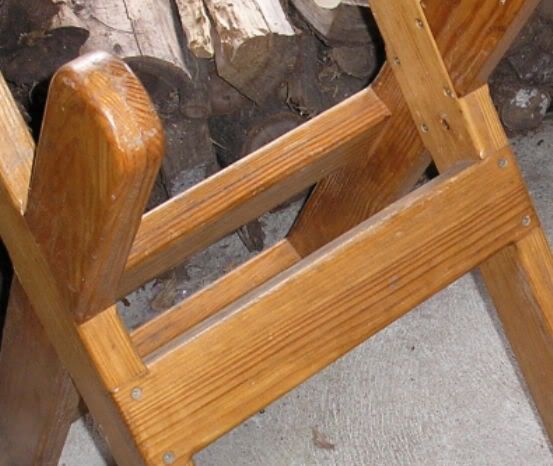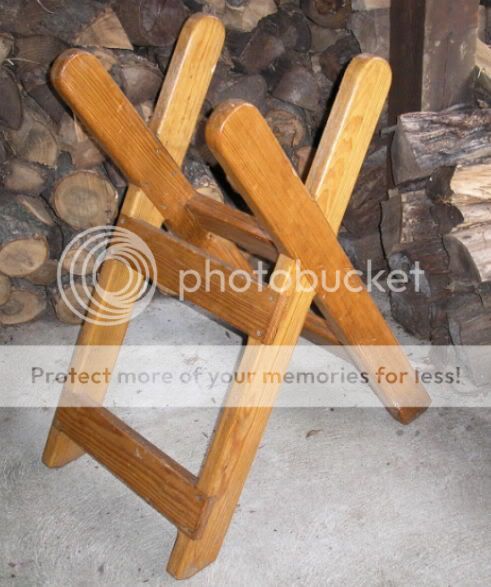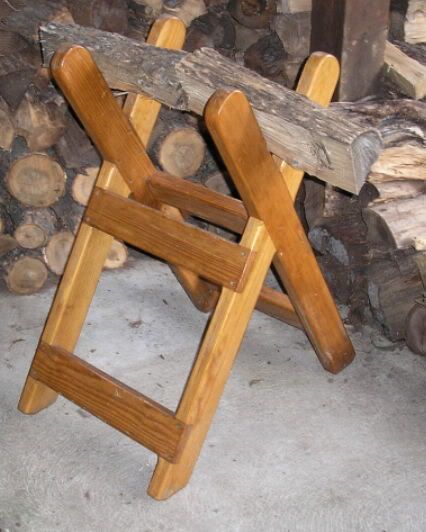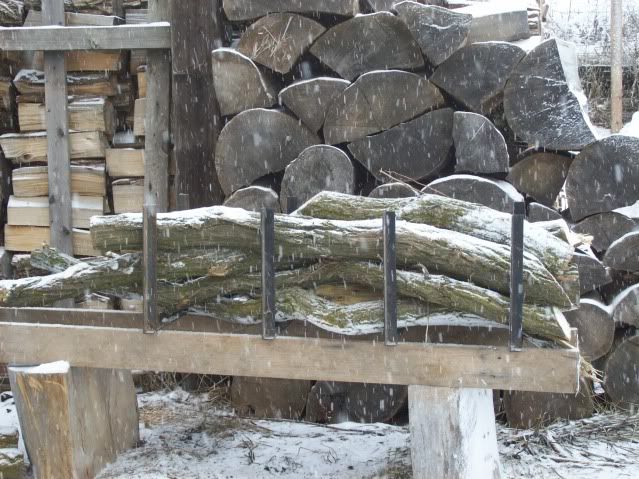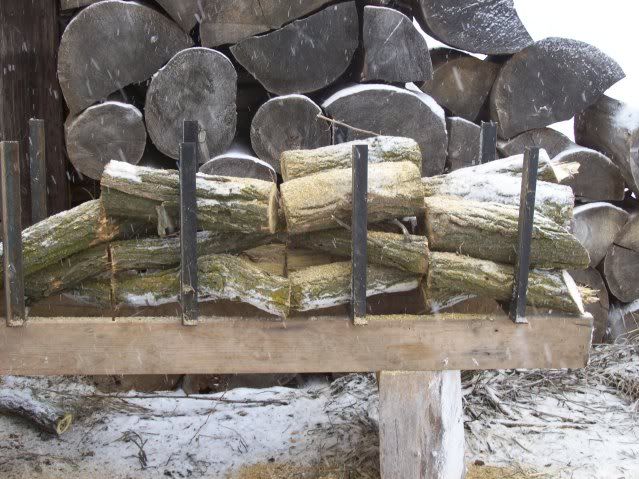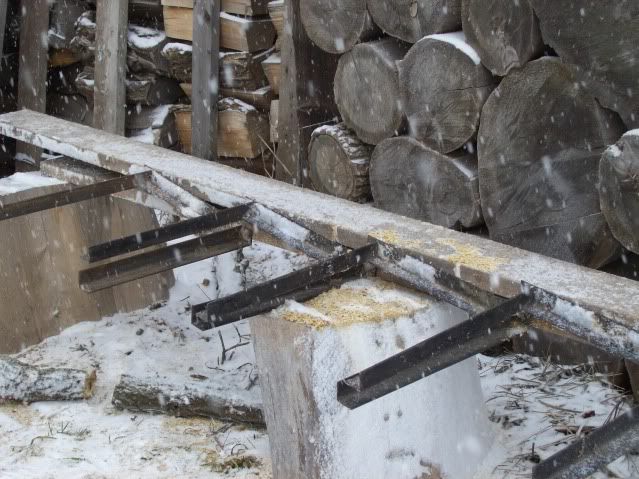In the past, I have usually built and made my sawbucks with only two crossed uprights 16" to 18" apart. If the log is being bucked in half, I cut between the uprights, the two ends never pinch the bar during the cut and fall to the side. If I buck the log into thirds, I overhang one end long, cut that first, and then cut the second one between the uprights. This usually works very well.
Nowadays, I see more wider sawbucks being built with three crossed uprights.
(1) What is the advantage of three uprights over two?
(2) How far apart should they be if you want an average log length of 18" to 21"?
If you have any other tips on the design you like, please chime in.
Nowadays, I see more wider sawbucks being built with three crossed uprights.
(1) What is the advantage of three uprights over two?
(2) How far apart should they be if you want an average log length of 18" to 21"?
If you have any other tips on the design you like, please chime in.





